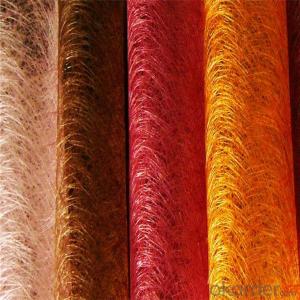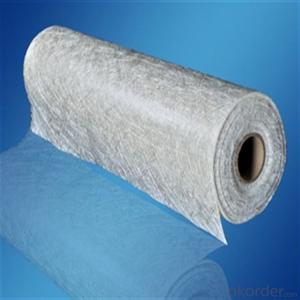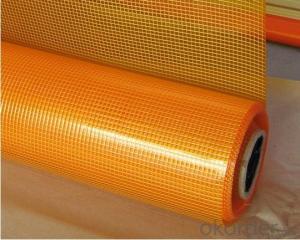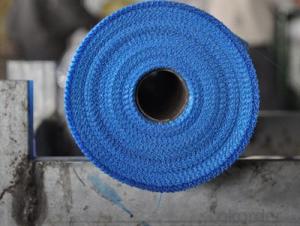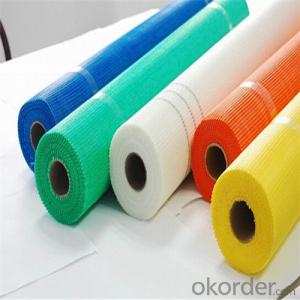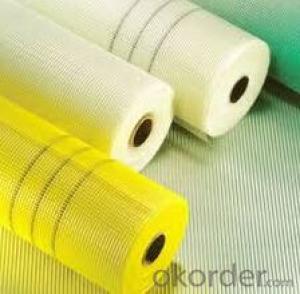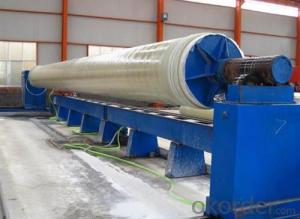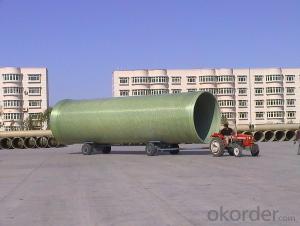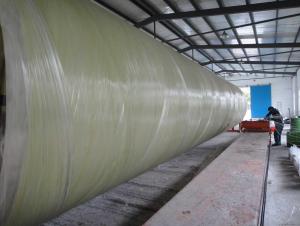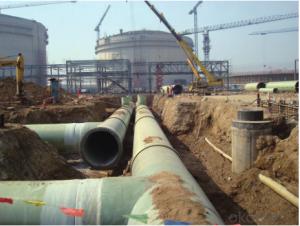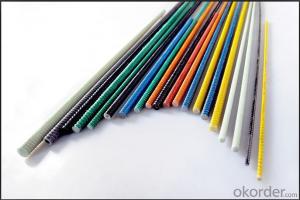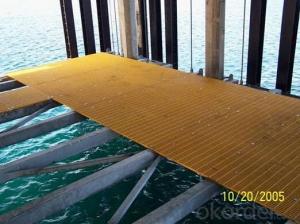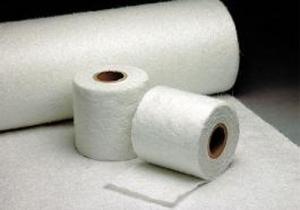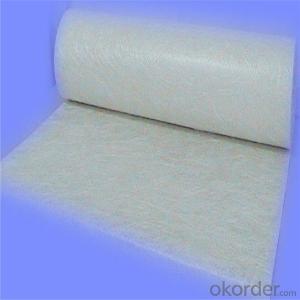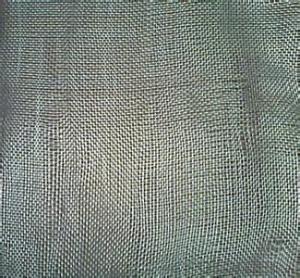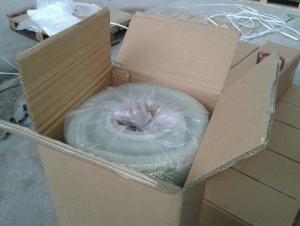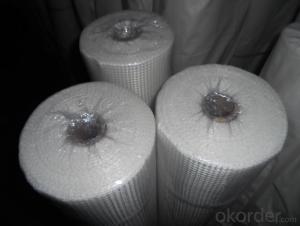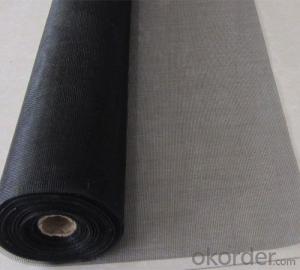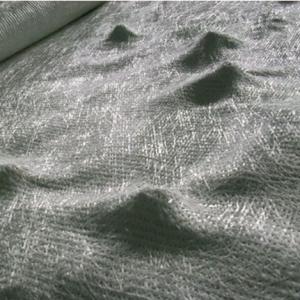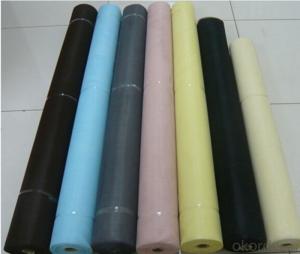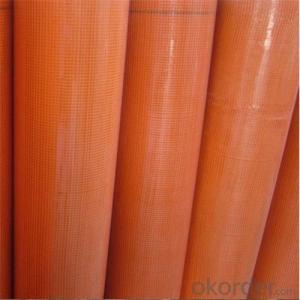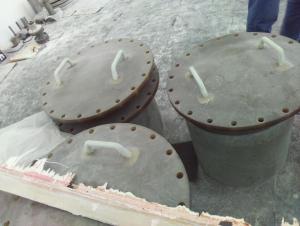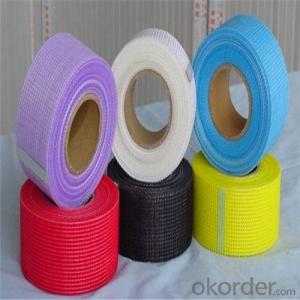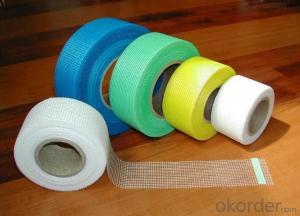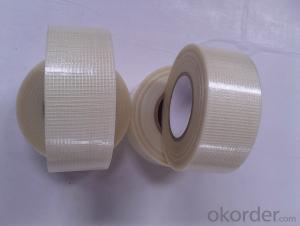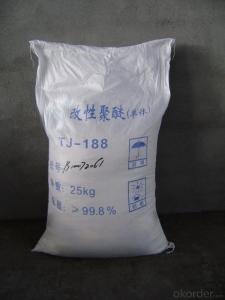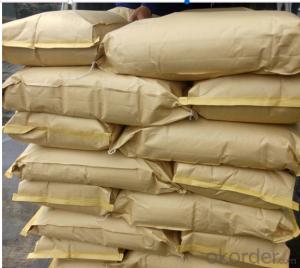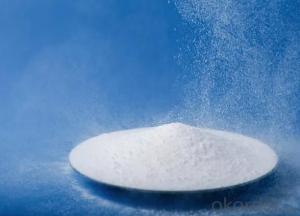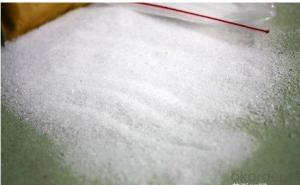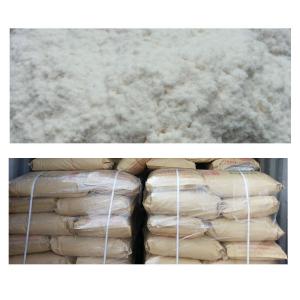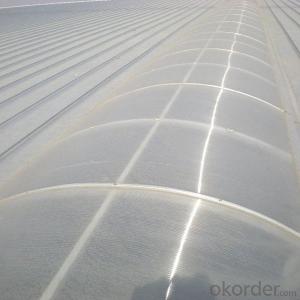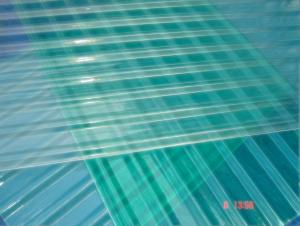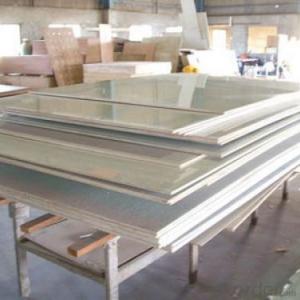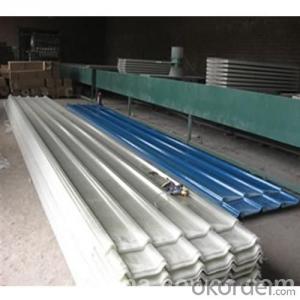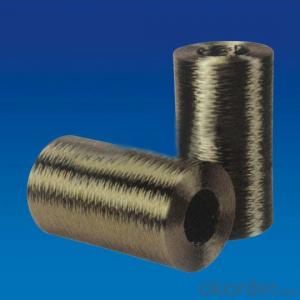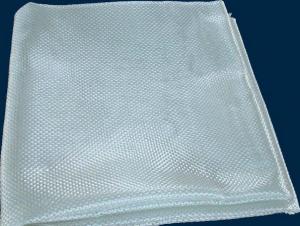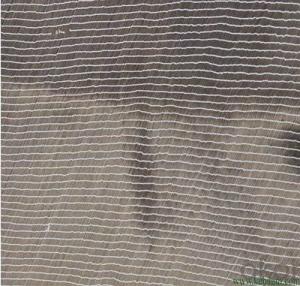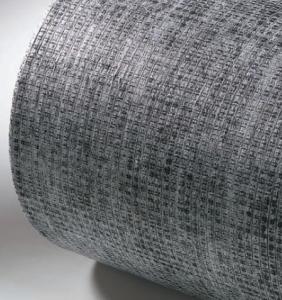All Categories
- - Steel Wire Rod
- - Steel Coils
- - Steel Profiles
- - Steel Pipes
- - Stainless Steel
- - Tinplate
- - Special Steel
- - Steel Sheets
- - Steel Rebars
- - Steel Strips
- - Hot Rolled Steel
- - Cold Rolled Steel
- - Pre-painted Steel
- - Seamless Steel Pipe
- - Welded Steel Pipe
- - Hollow Steel Tubes
- - Galvanized Pipe
- - Stainless Steel Coil
- - Stainless Steel Sheet
- - Stainless Steel Plate
- - Stainless Steel Strips
- - Electrolytic Tinplate Coil
- - Electrolytic Tinplate Sheet
- - Stainless Steel Rebars
- - Solar Panels
- - Solar Water Heater
- - Solar Related Products
- - Solar Inverter
- - Solar Cells
- - Solar Light
- - Solar Energy Systems
- - Solar Controllers
- - Solar Mounting System
- - Solar Pump
- - Solar Chargers
- - Fiberglass Chopped Strand
- - Fiberglass Mesh Cloth
- - Composite Pipes
- - FRP Pultrusion Profiles
- - Fiberglass Mat Tissue
- - Fiberglass Fabrics
- - Fiberglass Mesh
- - Composite Tank
- - Fiberglass Mesh tape
- - Polymer
- - FRP Roofing Panel
- - Fiberglass Roving
- - Monolithic Refractories
- - Ceramic Fiber Products
- - Refractory Bricks
- - Raw Materials For Refractory
- - Suspended Platform
- - Cranes
- - Concrete Machinery
- - Earthmoving Machinery
- - Building Hoist
- - Road Building Machinery
- - Plastic Pipe Fittings
- - Plastic Tubes
- - Plastic Sheets
- - Agricultural Plastic Products
- - Plastic Nets
 All Categories
All Categories
Fiberglass Chopped StrandView More
Fiberglass Mesh ClothView More
Composite PipesView More
FRP Pultrusion ProfilesView More
Fiberglass Mat TissueView More
Fiberglass FabricsView More
Fiberglass MeshView More
Composite TankView More
Fiberglass Mesh tapeView More
PolymerView More
FRP Roofing PanelView More
Fiberglass RovingView More
Q & A
Are there any specific regulations or certifications for fiberglass materials?
Yes, there are specific regulations and certifications for fiberglass materials. These regulations and certifications ensure that fiberglass materials meet certain safety and quality standards. Some of the most common certifications for fiberglass materials include the ASTM International standards, UL certifications, and the European Union's CE marking. Additionally, fiberglass materials may be subject to regulations specific to the industry they are used in, such as construction, automotive, or aerospace.
Can fiberglass be used for making water tanks or reservoirs?
Yes, fiberglass can be used for making water tanks or reservoirs. Fiberglass is a durable and corrosion-resistant material that is commonly used in various industries, including water storage. It offers several advantages such as high strength-to-weight ratio, resistance to chemicals, and the ability to be molded into various shapes and sizes. Additionally, fiberglass tanks are known for their long lifespan and low maintenance requirements, making them a suitable choice for water storage applications.
How do you repair cracks or holes in fiberglass boat hulls?
To repair cracks or holes in fiberglass boat hulls, one can follow these steps:
1. Begin by cleaning the damaged area thoroughly, removing any debris, dirt, or loose fibers.
2. Use a grinder or sandpaper to gently grind or sand the edges of the crack or hole. This helps create a smooth surface for the repair material to adhere to.
3. Cut fiberglass cloth or matting to fit the damaged area, ensuring it extends beyond the edges for a sturdy repair.
4. Mix epoxy or polyester resin with a hardener according to the manufacturer's instructions.
5. Apply a layer of resin to the damaged area, then place the fiberglass cloth or matting over it, ensuring it is fully saturated with resin.
6. Smooth out any air bubbles or wrinkles using a brush or roller.
7. Apply additional layers of resin and fiberglass cloth or matting, allowing each layer to fully cure before applying the next one. This helps build up the strength of the repair.
8. Once all layers are applied, allow the repair to cure completely according to the resin's instructions.
9. After curing, sand the repaired area to achieve a smooth finish, blending it into the surrounding hull.
10. Finally, apply a gel coat or marine-grade paint to match the boat's color and provide a protective finish.
It is important to note that for larger or more complex repairs, it may be advisable to consult a professional boat repair technician.
How is fiberglass used in the production of surfboards?
Fiberglass is used in the production of surfboards as a reinforcement material. It is commonly used to create a strong and lightweight outer shell or skin for the board. Fiberglass cloth is laid over a foam core and then resin is applied to bond the fibers together, forming a rigid structure. This combination provides the necessary strength and durability for surfboards, allowing them to withstand the forces of the ocean and provide a smooth glide on the waves.
How does fiberglass supply compare to carbon fiber supply?
Fiberglass supply is generally more abundant and readily available compared to carbon fiber supply. Fiberglass is a widely used and versatile material that is used in various industries, such as construction, automotive, and aerospace. It is also more cost-effective than carbon fiber, making it a popular choice for many applications. On the other hand, carbon fiber supply is relatively limited and more specialized. It is renowned for its exceptional strength-to-weight ratio, making it a preferred choice for high-performance and lightweight applications, such as in the aerospace and sports industries. However, carbon fiber is more expensive and requires specific expertise for its manufacturing and handling. Overall, the availability and cost-effectiveness of fiberglass make it more accessible and commonly used, while carbon fiber remains a niche material for specific applications.
Wholesale Fiberglass Supply from supplier in Finland
Whether you require Fiberglass Supply products for construction, industrial, or any other application, we have a wide selection of high-quality materials to meet your specific requirements. Our product range includes fiberglass insulation, fiberglass reinforced plastic (FRP) panels, fiberglass grating, and various other fiberglass products.
In addition to our vast product selection, we pride ourselves on our exceptional customer service. Our dedicated sales team is ready to assist you with product recommendations, pricing, and any technical inquiries you may have. We understand the importance of providing prompt and accurate information to help you make informed decisions for your projects.
As a subsidiary of CNBM, one of the world's largest building materials companies, we have access to a global network of suppliers and resources. This allows us to offer competitive pricing and ensure reliable and timely delivery of your Fiberglass Supply products.
We have established a strong presence in the Finnish market through our years of experience and understanding of local requirements. Our team is familiar with Finnish regulations and standards, ensuring that the products we supply are compliant and suitable for use in your projects.
Whether you are a contractor, architect, or distributor, we are committed to meeting your Fiberglass Supply needs and providing the highest level of customer satisfaction. Contact us today to discuss your requirements or to request a quote. We look forward to partnering with you on your next project.
In addition to our vast product selection, we pride ourselves on our exceptional customer service. Our dedicated sales team is ready to assist you with product recommendations, pricing, and any technical inquiries you may have. We understand the importance of providing prompt and accurate information to help you make informed decisions for your projects.
As a subsidiary of CNBM, one of the world's largest building materials companies, we have access to a global network of suppliers and resources. This allows us to offer competitive pricing and ensure reliable and timely delivery of your Fiberglass Supply products.
We have established a strong presence in the Finnish market through our years of experience and understanding of local requirements. Our team is familiar with Finnish regulations and standards, ensuring that the products we supply are compliant and suitable for use in your projects.
Whether you are a contractor, architect, or distributor, we are committed to meeting your Fiberglass Supply needs and providing the highest level of customer satisfaction. Contact us today to discuss your requirements or to request a quote. We look forward to partnering with you on your next project.



